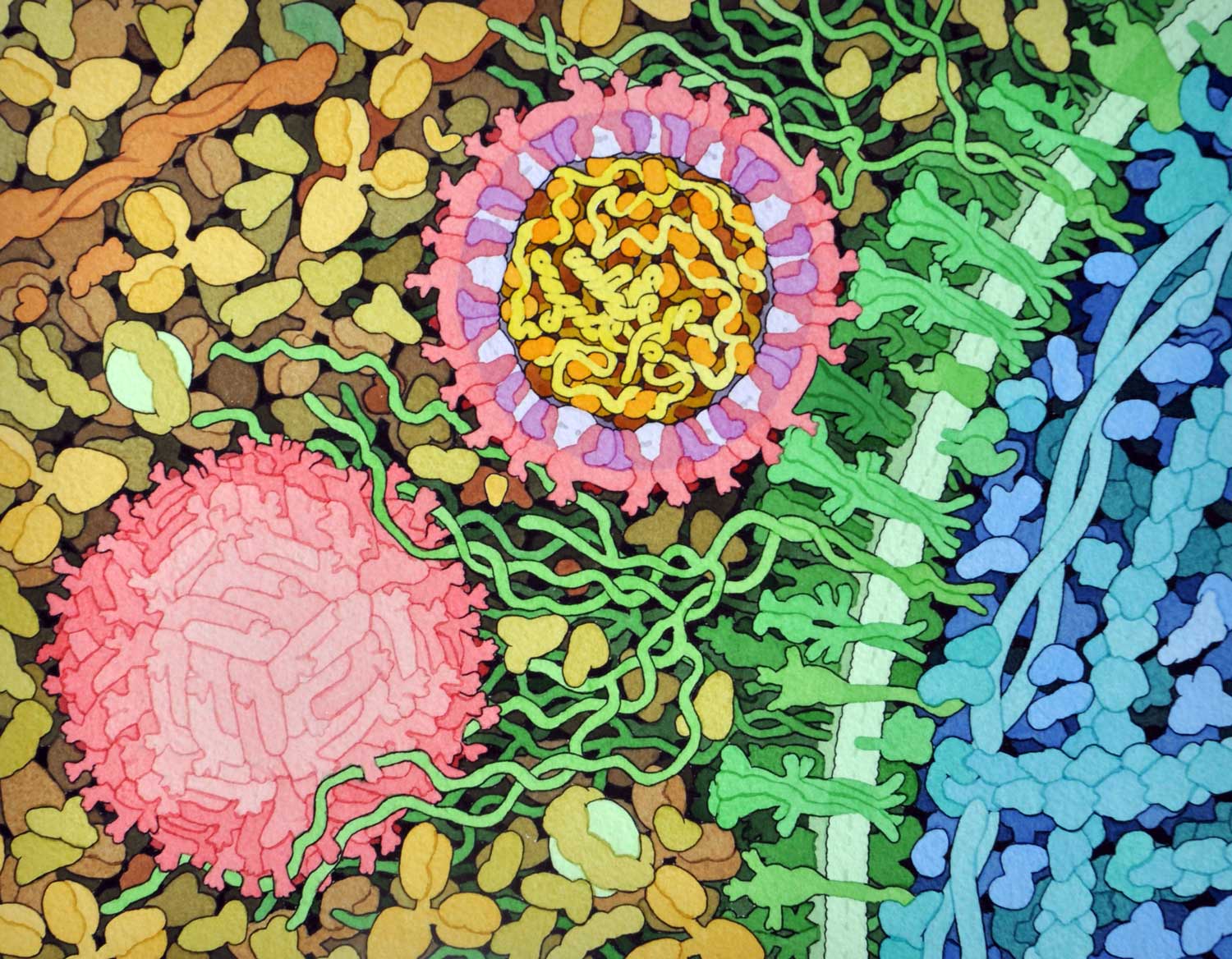Have human lifespans been constant for the last 2000 years?
Maximum lifespan is hard to assess in past populations. The data suggest that lifespan has been increasing over time.

Few things are worse than a skeptic sloppy about checking his facts. For example, the “Bad Science” feature of LiveScience claims that we’re not getting any older these days:
Human Lifespans Nearly Constant for 2,000 Years
Discussions about life expectancy often involve how it has improved over time. According to the National Center for Health Statistics, life expectancy for men in 1907 was 45.6 years; by 1957 it rose to 66.4; in 2007 it reached 75.5. Unlike the most recent increase in life expectancy (which was attributable largely to a decline in half of the leading causes of death including heart disease, homicide, and influenza), the increase in life expectancy between 1907 and 2007 was largely due to a decreasing infant mortality rate, which was 9.99 percent in 1907; 2.63 percent in 1957; and 0.68 percent in 2007.
But the inclusion of infant mortality rates in calculating life expectancy creates the mistaken impression that earlier generations died at a young age; Americans were not dying en masse at the age of 46 in 1907. The fact is that the maximum human lifespan a concept often confused with "life expectancy" has remained more or less the same for thousands of years. The idea that our ancestors routinely died young (say, at age 40) has no basis in scientific fact.
That’s a fair criticism – “life expectancy at birth” is indeed a misleading statistic if your goal is to compare the health of adults. But then the column starts criticizing perfectly true statements in other reports, and in the end goes completely off the rails:
When Socrates died at the age of 70 around 399 B.C., he did not die of old age but instead by execution. It is ironic that ancient Greeks lived into their 70s and older, while more than 2,000 years later modern Americans aren't living much longer.
Syllogistically speaking, Socrates didn’t die of natural causes, therefore the Greeks had lifespans the same as ours. Or something.
Well, it’s just not true. You can see for yourself easily with a little reading. For example, a free article (PDF) by John Bongaarts and Griffith Feeney reviews the concepts and provides convenient summary figures of mortality rates by age in the U.S. for 1950 and 1995. Age-specific mortality rates have declined across the adult lifespan. A smaller fraction of adults die at 20, at 30, at 40, at 50, and so on across the lifespan. As a result, we live longer on average. Reductions in juvenile and infant mortality also contribute to increased life expectancy at birth, but the same trend is evident if we consider life expectancy at 15, 20, 30, or even 80. We live longer now than in the past.
What about 2000 years ago? In addition to its Socrates reference, the “Bad Science” column cites:
* An article on Egyptian pyramid builders in the November 2001 issue of "National Geographic" noted, "Despite the availability of medical care the workers' lives were short. On average a man lived 40 to 45 years, a woman 30 to 35."
The column later describes the statement as “completely wrong”.
The age structure of ancient populations is a matter of great interest within anthropology and archaeology. Some think we can draw many conclusions from skeletal samples; others are more cautious in their application of models to the past. But there’s no doubt that Romans, Egyptians, and Greeks were dropping dead at age 30, 40, 50 and 60 – at much higher age-specific mortality rates than today. Estimating the overall age profile is difficult and requires models. But testing the “Bad Science” assertion is much easier – if human lifespan had really not changed in 2000 years, then 35-year-olds shouldn’t have left their skeletons very often in the Roman catacombs. Unfortunately (for them), we find those 35-year-old bodies. A rough estimate (gleaned from tomb inscriptions that give ages) is that half of Romans who lived to age 15 – and therefore escaped juvenile mortality – were dead before age 45.
That leaves us with one remaining issue – the maximum lifespan. This statistic really hasn’t changed very much in the last 50 years – the oldest-living humans in 1960 were between 110 and 115; that’s how old the record-holders are today. Only a handful of people have, to our knowledge, ever lived longer.
So in this respect, it may seem reasonable to say that the human lifespan has been fairly constant. But I would challenge even that assertion. For one thing, the maximum lifespan just isn’t very relevant to the population. Only a tiny fraction of people today survive to age 100. That maximum lifespan may tell us something about human biological systems, but what really matters to demography are age-specific mortality rates across adulthood – the full range of times when most people die.
More important, we don’t have a clue what the maximum lifespan may have been 200, 500, or 2000 years ago. Such a tiny fraction of people make it above age 100 today that we could hardly expect to find any of them at all from skeletal samples. Nor can we expect accurate ages from historical records – Methuseleh, anyone? It seems reasonable to say that the maximum lifespan, at some point in human history, was increased by sedentism, nursing care, stable food availability, and other cultural innovations. With higher infant, juvenile, and adult mortality, even those with perfect genes would be a lot less likely to get the chance to live to extreme ages. But in skeletal terms, at least, the hypothesis may not be testable.
In every way we can measure, human lifespans are longer today than in the immediate past, and longer today than they were 2000 years ago. Infant and juvenile mortality do make a difference – especially if we use “life expectancy at birth” as the statistic – but age-specific mortality rates in adults really have reduced substantially.
That’s a good thing!
UPDATE (2009/08/25): Dienekes points to a study of “men of renown” in classical Greece, which found a median length of life of 70 years. He notes that living to advanced ages of 80 or even 90 was not unheard of in antiquity.
No disagreement here – some people did live that long. The point is that the population had higher mortality than today (although classical Greece might well place favorably compared to some present high-mortality populations).
Some reactions:
- “Men of renown” generally have to get to a certain age (say, 30) before they’re worth renowning. Early adult mortality isn’t figured in.
- Dienekes refers to Psalm 90:10 and other sources referring to the length of life. Saying “the length of life is 70” is basically saying that you know old 70-year-olds, not that any given individual had a high chance of living to 70. Even so, today it’s formulaic to say the length of life is 100.
- We still don’t have a clue as to the maximum lifespan in classical times – attestations of the ages of extreme individuals may be correct, but we have no way now of establishing their reliability. Ramesses the Great lived into his 90th year, and it’s by no means impossible that some in the classical Mediterranean lived to be over 100 (Dienekes mentions some attested ages in that range, Isocrates at 98 seems especially credible). I don’t think the null hypothesis of identical maximum is testable given all the complications, but we may point out that there are presently people older than 110 years living in many countries.
John Hawks Newsletter
Join the newsletter to receive the latest updates in your inbox.



